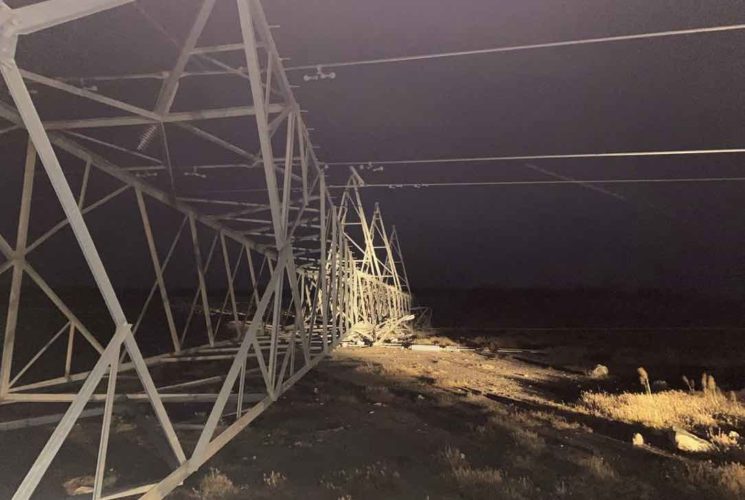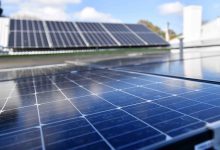The Australian Energy Market Operator has given instructions for more rooftop solar to be switched off in South Australia for the third day in a row – and has warned that the process will likely be repeated each day until the state is finally reconnected to the main grid early next week.
Thursday is looming as a particularly problematic day because of the strong solar forecasts, and because there are still vast amounts of rooftop solar in the state that cannot be switched off or controlled remotely.
South Australia was disconnected from the National Electricity Market on Saturday afternoon after a storm brought down a major transmission tower, causing several major circuits to trip and the state grid to separate from the rest of the NEM. It could take a week to repair the tower and circuits.
Restrictions on rooftop solar were imposed on Sunday to help AEMO manage the grid in its newly isolated state. AEMO is looking to have around 750MW of “operational demand” to allow it to respond to any further disruptions, such as another transmission line or generator tripping.
The reason that rooftop solar is being switched off is that it reduces and can effectively eliminate the demand that AEMO says it needs.
This is not a huge problem if excess power can be exported to Victoria, or to NSW from 2025, and as recently as last month the local network operator SA Power Networks, was trumpeting the fact that rooftop solar had met all local demand for 5 hours, without any problems.
Few levers to pull
However, when the grid is isolated the equation changes because it leaves the market operator with few levers to pull in case of a further incident.
On Sunday, SAPN was instructed to disconnect small solar farms (about 20MW), as well as recently connected rooftop solar – which require inverters with new standards that can be switched off through wi-fi or other devices (about 100MW).
But it also had to intervene in the market with a heavy-handed voltage intervention that can switch off up to another 300MW of rooftop solar in the state.
That still leaves large amounts of rooftop solar that cannot be controlled. SAPN estimates that more than half of the legacy rooftop PV installations cannot be switched off or controlled in any manner.
See: There’s a smarter way of solving the problem of dumb, legacy solar inverters
On Tuesday morning, AEMO issued a level 2 Distributed PV Contingency, quickly followed by a Level 3 DPV Contingency, which translates as a signal to SAPN to switch off as much rooftop PV as it can, and create as much load for AEMO to use as a defence against further incidents.
Thursday, however, looms as a tricky day for the state because of the strong solar conditions expected during the day, and the weekend could also be problematic given the relatively low demand at those times.
AEMO fears that any further disturbances on the network will leave the remaining rooftop PV vulnerable to tripping off, causing a ripple effect along the grid.
Smart Homes and smarter inverters
The position underlines the push in South Australia for the “smarter homes program”, which requires new rooftop solar PV to have smarter and more controllable inverters, which is being copied in other states such as the “project symphony” plan in Western Australia, and more heavy handed “ripple control” in Queensland.
State could be reconnected by end of weekend
“Due to Saturday’s weather event, a high-voltage tower just outside of Tailem Bend sustained damage, disconnecting power flows on the South Australia to Victoria interconnector. Power supply to customers has not been affected due to this incident,” it said.

“ElectraNet crews and its contractors are currently on site repairing the damage. The ground at the site where the tower is located is challenging, following the significant rainfall in the area. Crews are undertaking civil works on the access track to the tower to enable the heavy machinery required to compete the works, safe access.
“Our crews are working hard to complete the repairs. Subject to favourable weather and site conditions, we are working to have the connection with Victoria restored by the end of the weekend.
“ElectraNet is working closely with the Australian Energy Market Operator and SA Power Networks to manage the stability of the network until we can restore power to the interconnector.”










